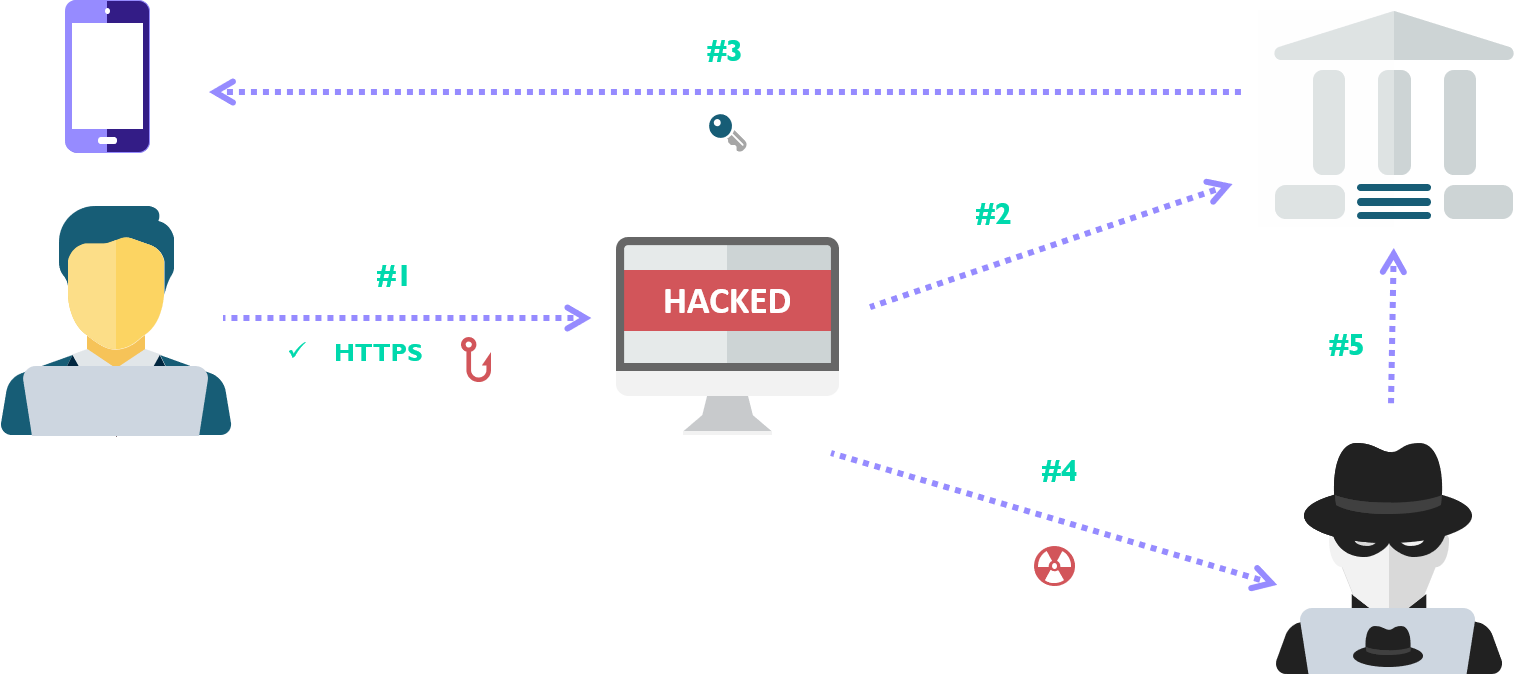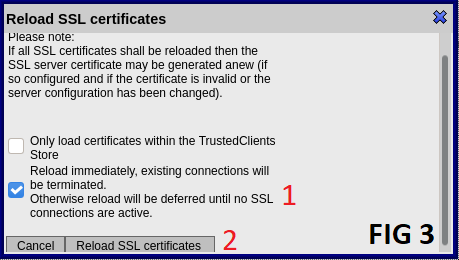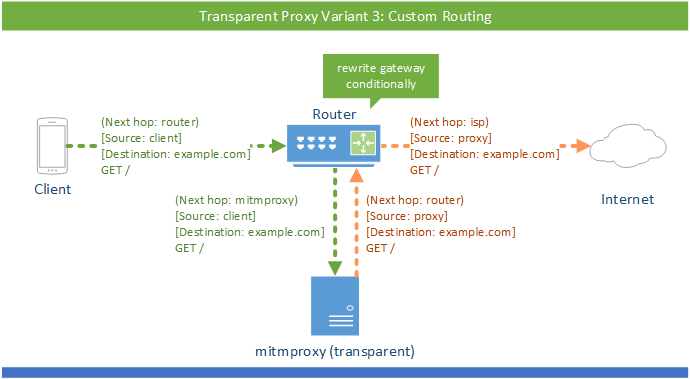

- XAMPP SSL REVERSE PROXY HOW TO
- XAMPP SSL REVERSE PROXY INSTALL
- XAMPP SSL REVERSE PROXY UPDATE
- XAMPP SSL REVERSE PROXY SOFTWARE
- XAMPP SSL REVERSE PROXY CODE
We will cover setting up your back end web server to use the special X-Forwarded-For HTTP header by using the example of CloudFlare.

This guide will show you how you can configure your Apache web server to use the X-Forwarded-For header information so that you can avoid corrupt or incorrect logged data when behind a proxy or load balancer. Otherwise, your Apache server will by default log only the receiving IP from the connecting proxy or load balancer. In order to be able to identify the client, you will need to configure your back end Apache HTTP Web Server to be able to use the XFF header and render the real customer IP in its log files. Such web hosting cases where the web server is behind a proxy or a load balancer are extremely common, and thus arises the necessity to be able to log the actual client’s IP address in your system instead of the proxy or load balancer IP. X-Forwarded-For, or XFF for short, is a special HTTP header field that is commonly used to identify the originating client IP address whether or not they are connecting to the server through an HTTP proxy or a load balancer. Now, let’s navigate to the file in the controllers folder and review the contents: exports.How to get X-Forwarded-For IP addresses in Apache Web Server Here is the Node application’s file structure: Then, we send the documentationRoute on the root request. In the controllers folder, we define the documentationRoute. Let’s start by reviewing the demo’s app.js file: require('dotenv').config() Ĭonst bodyParser = require('body-parser') Ĭonst authRoute = require('./routes/auth.route') Ĭonst suggestionRoute = require('./routes/suggestion.route') Ĭonst documentationRoute = require('./routes/documentation.route')
XAMPP SSL REVERSE PROXY CODE
XAMPP SSL REVERSE PROXY HOW TO
If you are not sure how to clone a repo, check the GitHub documentation Clone the repository from GitHub to your local system.The status screen should confirm that the Apache server is up and running:įor this tutorial, we’ll use a Node.js demo application that was built on the Express.js framework with a MongoDB database.

Now, confirm the status of apache2: sudo systemctl status apache2 Ubuntu automatically starts the Apache server following installation. If you paste your IP address in the browser, you should see the same default page displayed on the screen. Next, check your IP address using the following command: ifconfig If the installation was successful, you should see the following default page:
XAMPP SSL REVERSE PROXY INSTALL
Once your repository has been successfully updated, install Apache by running this command: sudo apt-get install apache2Ĭheck that Apache has been installed correctly by pasting into your browser.
XAMPP SSL REVERSE PROXY UPDATE
Update your package repository with the following command: sudo apt-get update If Apache is not currently installed and you are using an Ubuntu OS, follow these steps to install the apache2 package on your system. This will display the version of Apache that is currently installed: Let’s start by checking if Apache is already installed on our system by running this command: apache2 -v Installing and starting the Apache server N.B., the tutorial portion of this article was developed using an Ubuntu 18.04 operating system and Node.js v14.17.6.
XAMPP SSL REVERSE PROXY SOFTWARE
Deborah Emeni Follow I'm a software developer and technical writer who specializes in Node.js and JavaScript.


 0 kommentar(er)
0 kommentar(er)
